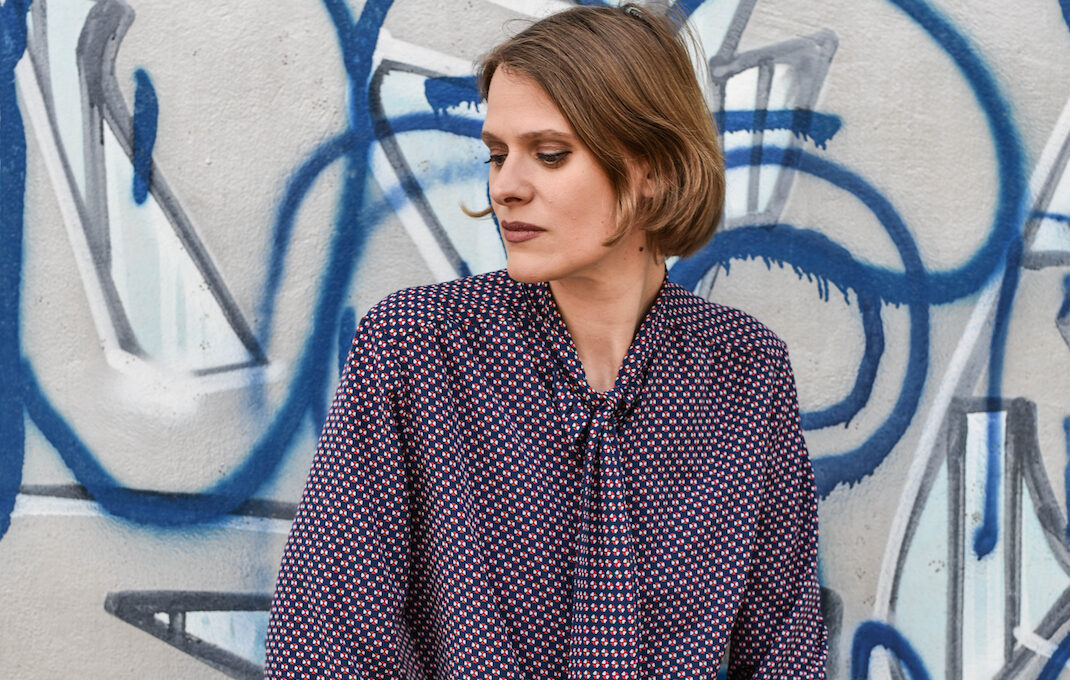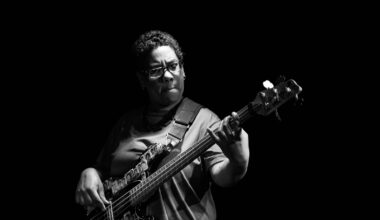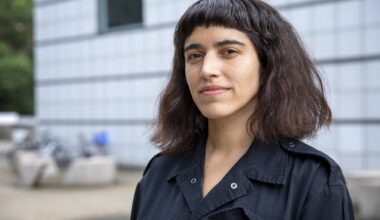Julia Mihály is a composer working at the border of New Music, Performance Art and Electronic Music. She develops multi-layered compositions consisting of sound, video and performative elements, embedded into electronic media frameworks and strong site specific references. While creating interdisciplinary music theatre pieces staged in public space, in forests and other rather unusual places, she often tries to expand traditional types of concerts and performances in order to explore new fields of artistic expressions.
Julia Mihály is this year’s guest curator of the Heroines of Sound Festival at Radialystem Berlin and completes the festival focus with a new version of an earlier work.
FACTS
1. I’m a sound geek and technology enthusiast.
2. I consider my artistic practice as a form of participation in political discourse.
3. Don’t try to pigeonhole me. Please!
1. What is the biggest inspiration for your music?
Everyday Life, interactions of people and sound scapes in urban space
2. How and when did you get into making music?
First big influence was probably watching MTV in the early 90s, which inspired me to built a recording studio in my Barbie house (I was about 7 or 8 years old). Later I wanted to learn how to play the guitar like the musicians in the MTV Unplugged concerts.
I entered the universe of Electronic Music and started to compose electroacoustic pieces in my early Twenties after I met Karlheinz Stockhausen.
3. What are 5 of your favourite albums of all time?
Portishead – Portishead
Radiohead – OK Computer
Christian Marclay – Record without a Cover
Apex Twin – Drukqs
The Cure – The Head on the Door
4. What do you associate with Berlin?
A city with so many places showing traces of former political conflicts and fights
5. What’s your favourite place in your town?
Hm, I don’t have a special place in Berlin, maybe that’s why I live in Frankfurt, haha ;-)
6. If there was no music in the world, what would you do instead?
Listen and search for soundscapes around me
7. What was the last record/music you bought or listen?
Various types of Chiptune Music.
8. Who would you most like to collaborate with?
First of all, I would like to be able to travel back and forth in time to put together an interdisciplinary collective of sharp minded artists who may no longer actually be alive today, but who have come back to life and look at today’s world from their respective present times.
9. What was your best gig (as performer or spectator)?
Performing Karlheinz Stockhausen’s STIMMUNG at Suntory Hall in Tokyo.
10. How important is technology to your creative process?
Technology helps me to specify vague ideas inside my imagination, expand them and make them tangible for others.
11. Please tell us a little bit about your new album Wulansih?
The focus of the concert lays on a self-reflective examination, on the one hand, of political music as a carrier of meaning within social discourses and, on the other hand, of practices of non-parliamentary resistance and civil society protests. Because protest as a form of democratic interaction between the rulers and those who are ruled has always been expressed in political songs.
On a textual, musical and a performative level, “18WEST – Songs für den Untergang” reflects the tension between agitation and protest, rethinks compositionally the sound aesthetics of current and historical protest actions and asks the question whether protest can even fail or not. “18WEST – Songs für den Untergang” is a musical journey between sound art and punk.


